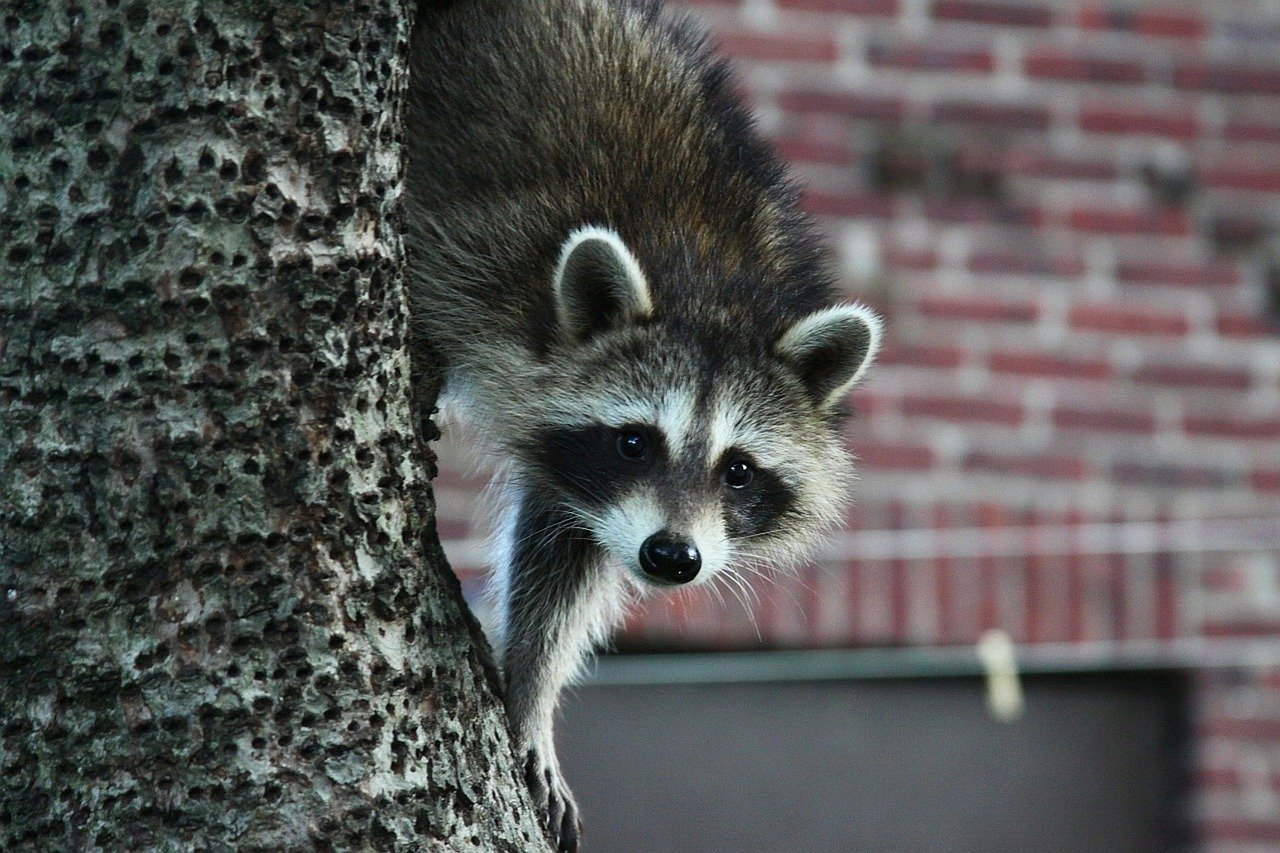Five Tips and Methods for Preventing and Trapping Raccoons
 Raccoons are very clever and resourceful creatures that can pose a problem to homes and buildings. If they become a nuisance, there are a few different ways to trap this pest. This article will focus on capturing these critters with live traps, such as the Kness Kage-All® Small Animal Trap. The Kness Team has assembled some helpful tips to make live trapping raccoons effective and straightforward.
Raccoons are very clever and resourceful creatures that can pose a problem to homes and buildings. If they become a nuisance, there are a few different ways to trap this pest. This article will focus on capturing these critters with live traps, such as the Kness Kage-All® Small Animal Trap. The Kness Team has assembled some helpful tips to make live trapping raccoons effective and straightforward.
1. Trap Placement
Before you do any raccoon trap placement, be sure to check the laws in your area regarding trapping these or any other small animals. Raccoons can make shelter and dens in various areas of people’s homes, such as in chimneys, attics, walls, and tree hallows in your yard. So place your live trap in areas where you see signs of raccoon activity. Setting multiple traps in different locations along their pathways can yield better results.
2. Baiting the Raccoon Trap
Several different types of bait can be used to attract raccoons into your trap. While raccoons will eat just about anything, it’s a good idea to stay away from using meat as bait, as it can more easily bring non-target animals – like cats – into your trap. Alternative food can be used, such as marshmallows or bread as bait. Commercial baits are also available and can work in tandem with other traditional bait.
3. Setting the Trap
Raccoons are very intelligent and have great memories, which could make them wary of traps. Try getting them acquainted with your trap by tying it open and leaving bait inside for a few days before setting it. Carefully set the door(s) to the open position. Each trap sets differently; follow your trap's unique instructions. Once set, test the trigger and close mechanism by pressing on the trigger plate. Be sure to securely anchor all raccoon traps to a stable surface.
4. Check the Trap
It’s very important to check on your trap regularly, as trapping raccoons can take anywhere from a few minutes to a couple of days. Since raccoons are nocturnal animals, inspect the traps in the morning. When a raccoon is captured, be careful handling the trap to avoid getting bit. Place a blanket over the trap to keep the raccoon calm before moving the trap for release. Local and state laws may prohibit you from relocating raccoons in public areas. Call a pest professional or local DNR/wildlife officials for information and assistance with raccoon relocation and disposal. Never leave an animal trapped for an extended period of time.
5. Keep Raccoons Away
Raccoons are most likely invading your property to search for food, water, and shelter. After removing the raccoons, keep them out by doing the following:
- Eliminate food and water sources
- Remove trash or material that can be used as a den
- Secure the lid on any garbage receptacles
- Remove tree branches or shrubbery that extends near rooflines
- Cover potential building access points
By utilizing these tips, you will be better prepared to address raccoon problems. For more information about trapping small animals or other pests, visit our pest control center.